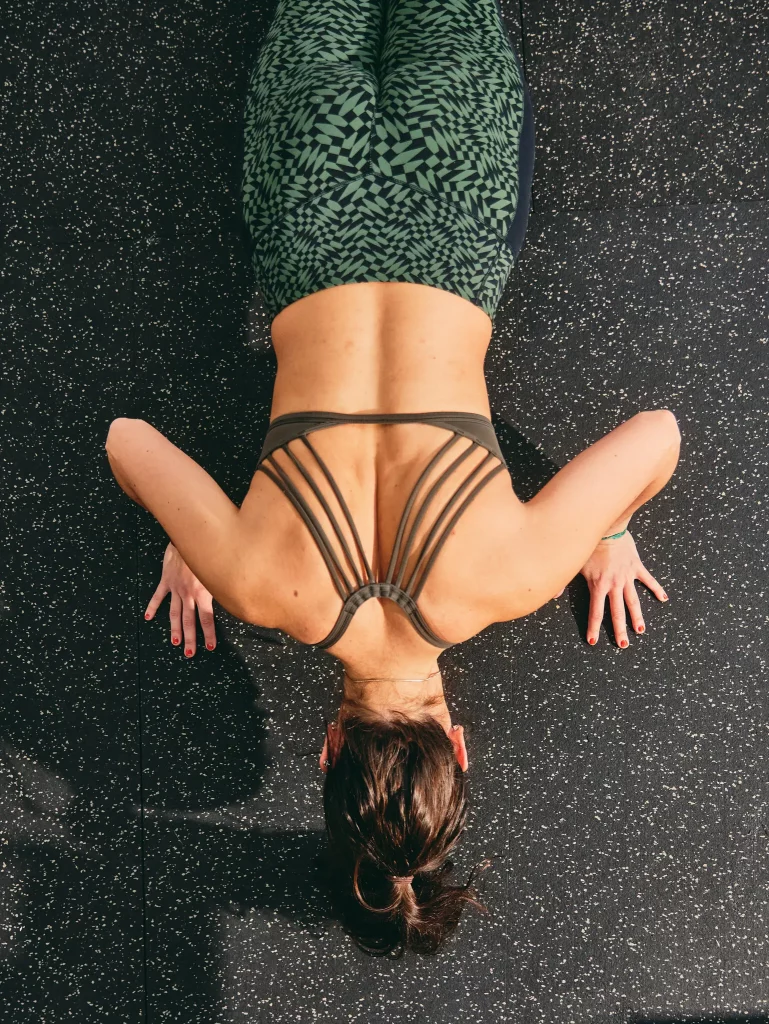
Push-ups are an almost universally known exercise and a staple of military, sport, and fitness training regimens because they are easy, taxing, and almost anyplace. Performing push-ups is a “basic, foundational movement,” according to James Whitener III, a strength and conditioning coach at Florida’s Bethune-Cookman University.
The exercise aids in the development of kinesthetic awareness, or the awareness of how one’s body moves through space, since it calls for awareness of the body’s position from head to toe. In turn, this awareness can aid exercisers in gaining an understanding of their body’s capacity and equip them for “bigger, more complex movements,” such as dead lifts or squats, he said.
But effective technique is necessary to get the most out of push-ups. What you should know is as follows.
Why pushups are so wonderful
How to do a push-up
To start, get into a classic plank position with your palms on the ground, arms slightly wider than shoulder-width apart and your palms about even with your shoulders. Mastering regular planks is important, Dr. De Mattos said, because “if you can’t do a full plank with proper form, you’re going to have difficulty performing a full push-up.”
Step 1
To make the push-up easier …
“There’s no reason to be ashamed if you can’t do a push-up. Fitness is a journey and we all start somewhere,” Mr. Liu said in a video about push-ups. If you can’t yet do a push-up, “you can build up,” he added.

Wall push-up
If you’re just starting out, Mr. Liu suggested trying wall push-ups. Stand facing a wall at arm’s length, and place your hands about shoulder-width apart against it. Lean in until your face almost touches the wall, then push back to your starting position. Do as many reps as you can, and when this gets easy, you can progress to a kneeling push-up.

A kneeling push-up takes some of the load off of your arms while allowing you to refine your form and get a workout.Credit…Zack DeZon for The New York Times.
Kneeling push-up
If you can’t quite do a standard push-up yet, you can give yourself a bit of a boost by initiating the movement from a kneeling position, which reduces the amount of load you’re putting on your arms, shoulders and chest, Dr. De Mattos said.
To make the push-up harder …
As you become more proficient at doing push-ups, you’ll need to do more of them to reach the point of momentary failure. Performing exercises to this point can maximize motor unit and muscle fiber recruitment, Dr. Androulakis-Korakakis said, which in turn will stimulate adaptations and make you stronger. “Reaching momentary failure is a great way to ensure people are getting the most out of each set.” Here are some ways to get you there.

Raised leg push-up
Once you become adept at standard push-ups, you can increase the difficulty by starting the push-up movement with your feet elevated above you, Mr. Liu said. Starting with a few books on the ground underneath your feet should provide some noticeable difference, he said. From there, you can try a short stool (maybe a foot off the ground) and then work up to a chair or even a railing.

Creating a triangle or diamond with your thumbs and index fingers forces your arms closer together, thus making the push-up more challenging. Credit…Zack DeZon for The New York.
Narrow (or diamond) push-up
These are a more difficult push-up variation that you do by holding your hands together with your thumbs and forefingers touching in a way that creates a diamond-shaped hole where your hands come together. You can work your way up to these by simply moving your hands a little closer together until that becomes easy, then moving them closer and closer until eventually they finally touch, Mr. Liu said.


Weighted push-up
When you can do sets of 10 push-ups easily, you can turn up the difficulty by placing a small weight plate on your back to increase the weight you’re pushing. If you’re doing these at home and don’t have weights, you can throw a few heavy books in a backpack and use that as a weight, Dr. De Mattos said. The extra weight shouldn’t be so much that you can’t do more than a couple, but should be enough to get you to the point of momentary failure in about ten reps or less.
One armed push-up
These require excellent core strength to keep your body in position as you push up with a single arm, Mr. Liu said. “It’s a great core exercise.” The trick here is to use your legs and core to keep your body stable as you push up with a single arm. Spreading your feet further apart can help you stabilize yourself as you go.
